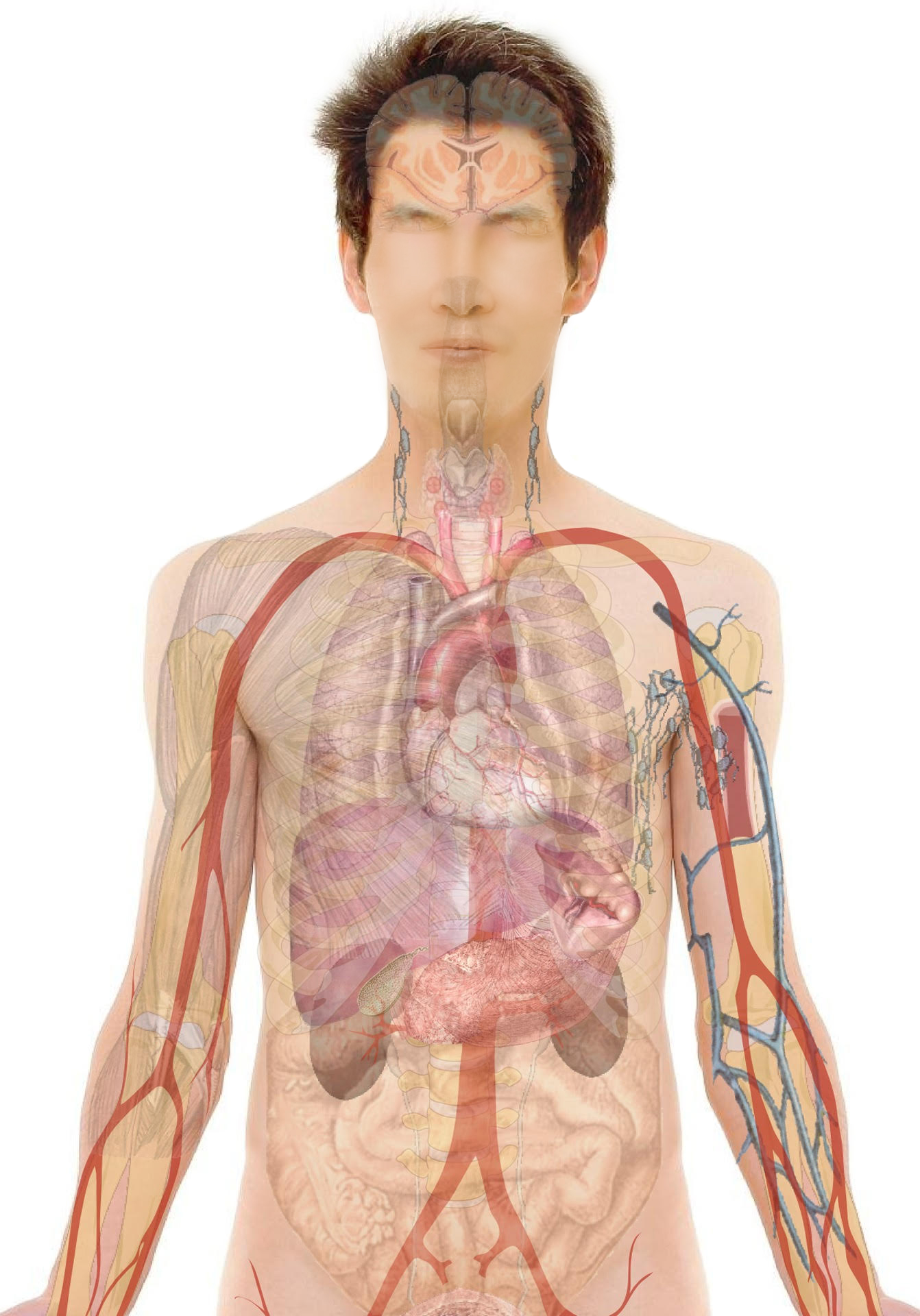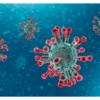Definition and Causes:
The blood vessels which carry the oxygen-rich blood from the heart to other parts of the body are called “arteries”.
The large and medium size arteries supplying to the head and neck region especially the arteries supplying the temples of the forehead become inflamed (swell up) and damaged. The inflammation (swelling) arises from an autoimmune disorder (abnormality in the body’s own defence mechanism). This inflammatory process causes a persistent headache and may lead to:
- Blindness
- Stroke: Blood clots may form in the affected (inflamed) arteries; and may obstruct blood flow to the brain causing stroke. This complication is very uncommon

Causes:
The actual cause is unknown but is thought to be due to an abnormal immune activity (defence mechanism within our body) and has been associated with severe infections and use of high doses of antibiotics.
Symptoms:
Giant cell arteritis most commonly occurs in those over 50 years of age.
1) Headache (most common)
- Throbbing, or diffuse squeezing pain
- Temple and scalp tenderness
- Jaw pain/tightness
2) Visual symptoms
- Double vision
- Blind spots in a normal visual field
- Blurred vision
- Brief period of partial or complete vision loss
- Drooping of eyelids
3) Other symptoms
- Fever, fatigue and weight loss
Investigations and Treatment:
Diagnosis is somewhat difficult because early symptoms are generalized and resemble those of many other conditions.
History:
- History of previous headaches
- Family history (if someone else in your family has had similar symptoms)
- The nature of pain, i.e. severity, intensity, type (throbbing, squeezing, etc.) and location
- Tenderness around the temples
- Tenderness and stiffness around the jaw
- Vision difficulty
- Swelling/runny nose or tearing of the eye
- Other ongoing diseases such as arthritis
Physical exam might include:
- Blood pressure, heart rate (pulse), and temperature
- Assessment for pain on touch over scalp/head (temples) and jaw region
- Special attention is paid to the superficial arteries, lying just beneath the skin of the temple region which is often
- Tender, with hard cord-like feel and appearance
- Eye exam includes the assessment of eyelids, pupil size and for any loss of vision
If required referral for the following may be given:
- Ophthalmologist (expert in eye disease)
- Neurologist (expert in brain diseases)
- Rheumatologist (expert in bones diseases)
Investigations:
Some tests that may be helpful with assisting the diagnosis include:
Blood tests:
- ESR, C-reactive proteins (to assess for inflammation)
- Complete blood count
Biopsy:
- In certain cases, it is advisable to do a biopsy of the arteries to confirm the diagnosis
- This is usually an outpatient procedure performed under local anaesthetic. A small sample of an arterial vessel is taken by making an incision in the skin over the temple region after marking the path of the artery which lies under the skin and can be felt. The sample is sent to the laboratory to be studied under a microscope. Inflammation of the arteries with a certain type of cells may help confirm the suspicion of temporal arteritis. Sometimes the biopsies can be false negative and may be repeated
Duplex ultrasound:
- These machines use sound waves to produce images of blood flowing through your blood vessel
Other investigations:
- CT or MRI of the brain is usually not helpful in diagnosing giant cell arteritis and are not routinely done. However, some physicians may request these and other studies to exclude other diseases
TREATMENT:
In patients with visual symptoms delay in treatment may result in permanent vision loss.
- Prednisone (a steroid) is used to suppress the inflammation and can prevent loss of vision. This drug is usually given orally, although, in some circumstances, short courses of intravenous steroids may be used. Dose and duration used for treatment can vary from person to person, but it is not uncommon for patients to be treated for several months
- For those unable to use prednisone, other alternative medications may be suggested to suppress the defense mechanism of our bodies
- Aspirin 75-325 mg PO once/day may be considered for stroke prevention
Medications:
Following are the type of medications for giant cell arteritis:

Risk Factors and Prevention:
Although there is no known cause; various factors have been associated with increased risk for developing giant cell arteritis and includes:
- Age: Giant cell arteritis occurs most often in older individuals, typically 70 years and older. However, this does not mean the disease cannot affect younger individuals
- Gender: The disease occurs twice as much in females than males
- Polymyalgia rheumatica: This is an autoimmune condition that causes stiffness and pain of muscles and joints (hip, neck, shoulder often affected). About 10-15% of these patients have a higher risk of developing giant cell arteritis
Note: Since it is an autoimmune disorder (abnormality in the body’s defense mechanism), there is no prevention for this condition.
Outcome:
- Full recovery may be achieved after long term treatment (~1-2 years occasionally longer) with steroids
- In some cases, condition may return at a later date








